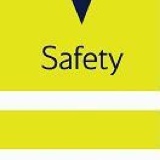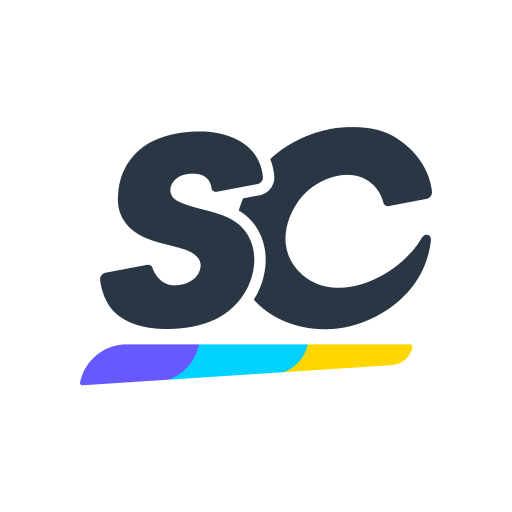Information
General information
-
Assessment type
-
Name of auditor being assessed
-
Staff number of auditor being asssessed
-
Name of assessor conducting the assessment (must hold lead auditor qualification)
-
Staff number of assessor
-
Conducted on
Practical audit details
-
Type of audit
-
CAMS reference
-
The assessment is in three parts;- practical observation of an audit being conducted, interview and verification of records.
Record pass or fail for each competency assessed.
The regulation GM 2 145.A.30(e) question has been included for reference purposes.
1. Practical assessment
-
1.1 Assess audit planning, questioning techniques and recording of evidence.<br>Ref: GM 2;- Knowledge of auditing techniques:- planning, conducting and reporting.<br>QU-Q-2-1 refers.
-
1.2 Check consideration of human performance and limitations during audit.<br>Ref GM 2;- Ability to consider human performance and limitations. <br>
-
1.3 Check ability to communicate effectively and clearly record and report.<br>Ref GM 2;- Adequate communication and literacy skills.
-
1.4 Assess auditing approach for objectivity, fairness, encouraging openness and ability to analyse observations to determine findings.<br>Ref GM 2;- Analytical and proven auditing skills (for example, objectivity, fairness, open-mindedness and determination).
-
Additional comments or observations.
2 Interview
-
2.1 Assess knowledge of BA standards and policies as detailed in the technical standards manual and QSM.<br>Ref GM 2;- Knowledge of applicable officially recognised standards.
-
2.2 Assess knowledge and ability to navigate to MOE organisation scope and limitations.<br>Ref GM2;- Knowledge of organisation capabilities, privileges and limitations.
-
2.2a Check knowledge of EASA regulations;- Part M, 145, 21G, 21J, 147 and 66.<br>Ref GM2;- Knowledge of part M, Part 145 and any other relevant regulations.
-
2.3 Assess Knowledge of parts of the MOE nad how they link to procedures.<br>Ref GM2;- Knowledge of relevant parts of the MOE androcedures.
-
2.4 Assess knowledge of MOR reporting including criteria, process, use of eBASIS, importance of reporting to TC holders and regulators. <br>Ref GM2;- Knowledge of occurrence reporting system and understanding of the importance of reporting occurrences, incorrect maintenance data and existing or potential defects.
-
2.5 Check ability to identify safety risks in the work place.<br>Ref GM2;- Knowledge of safety risks linked to the working environment.
-
2.6 Assess knowledge of the AMP and the importance of task completion IAW manufactures instructions and at defined frequencies.<br>Ref GM2;- Understanding of conditions for ensuring continuing airworthiness of aircraft and components.
-
2.7 Check awareness of auditors own human performance and limitations with consideration to how the quality of the audit may be affected and what actions would be taken to ensure standards are maintains.<br>Ref GM2;- Understanding of his/ her own human performance and limitations.
-
2.8 Check knowledge of personnel authorisations and their scope as defined in QU-Q-8-1.<br>Ref GM2;- Understanding of personnel authorisations and limitations.
-
2.9 Check knowledge of critical maintenance tasks and Vital Points Manual.<br>Ref GM2;- Understanding critical tasks.
-
2.10 Check ability to identify, report and ensure corrective action of an unsafe condition.<br>Ref GM2;- Ability to identify and rectify existing and potential unsafe conditions.
-
2.11 Check use of and ability to navigate TIP, AMM, IPC, SRM, Engineering viewer, authorisation records, tech logs, component release, SAP, qualifications, stamp number, and CAMS audit report.<br>Ref GM2;- Ability to use information systems.
-
2.12 Check knowledge of maintenance error investigation techniques to determine root cause.<br>Ref GM2;- Maintenance error investigation skills.
-
Additional comments or observations
3 Verification of records
-
3.1 Is continuation training current?<br>Reg GM2;- Knowledge of human factors, human performance and limitations.
-
3.2 Is mandatory training current?
-
3.3 Has FTS training to level 2 been completed?<br>Reg GM2;- Knowledge of CDCCL where relevant.
-
3.4 Has EWIS training been completed?<br>ref GM2;- Knowledge on EWIS when relevant.
-
Additional comments or observations.
Completion signoff
-
Overall assessment outcome.
-
Any recommended action as a result of the assessment?
-
Signature of assessor confirming assessment has been completed and recommended actions defined.
-
Send completed assessment to the auditor being assessed, the auditors manager and to the approvals and authorisations manager for filing in the individual's qualification file.











